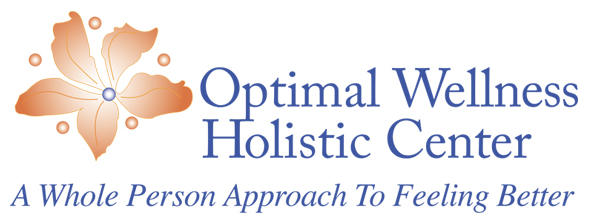In the quest for a longer and healthier life, the significance of nutrition often takes the spotlight. While nutrition is indeed essential, science reminds us that exercise plays an even more pivotal role in extending our lifespan and enhancing our overall well-being. It’s not just about looking fit; it’s about preserving your health and vitality.
There are three fundamental aspects of exercise that are crucial for longevity and health: cardiorespiratory fitness, muscle mass, and muscle strength. After the age of 30, most of us experience a gradual annual loss of 2-3 pounds of muscle mass. While this may seem slow, it accumulates over time and can have a significant impact on our vitality. The good news is that exercise can be a powerful tool to combat this muscle loss and keep you feeling your best.
Cardiorespiratory Fitness: The Foundation of Longevity
Cardiorespiratory fitness is inversely associated with long-term mortality, with no upper limit of benefit. In simple terms, the more you improve your cardio capacity, the lower your risk of early mortality. Aerobic exercise strengthens the heart and boosts mitochondria, the energy powerhouses in your cells. It creates more mitochondria, which, in turn, improves your ability to burn glucose and fat. Exercise also helps strengthen your immune system, stimulates the growth of new muscles, and even helps keep your bones strong. It enhances cerebral blood flow and stimulates BDNF (brain-derived neurotrophic factors) for improved brain health and cognition.
Muscle: The Silent Hero of Longevity
Maintaining muscle mass isn’t just about appearances; it’s about increasing your chances of living a longer, healthier life. Studies have shown that those with low muscle mass have a significantly higher risk of mortality. In a 10 year study, it found that 4,500 subjects ages 50 or older found that those with low muscle mass were 40-50 percent greater risk of mortality than controls.
A Longevity Elixir: The Benefits of Exercise
The advantages of regular exercise go beyond longevity. Exercise can decrease all-cause mortality and reduce the risk of chronic diseases like metabolic disorders (such as diabetes), cognitive diseases (including Alzheimer’s and dementia), cardiovascular diseases, and cancer. It’s a potent tool to increase your quality of life, ensuring you enjoy every moment to the fullest.
Starting your exercise journey is simpler than you might think. Going from zero minutes to just 90 minutes of exercise per week can result in a remarkable 15 percent reduction in all-cause mortality. Taking it up a notch with zero to three hours of exercise per week can cut your risk by a whopping 50 percent!
What to Do: The Blueprint for Longevity
1.Cardio – Zone 2 low intensity exercise (80% of cardio): Engage in activities such as swimming, running, indoor cycling, brisk walking, and rucking (walking with a weighted backpack). The key is to maintain a pace where it’s not too comfortable to hold a conversation. You should be able to speak in full sentences but just barely – a pace that falls between easy and moderate.
2.Cardio – High-Intensity Interval Training (a small amount of HIIT – 20% of cardio): HIIT is all about pushing your limits. Engage in higher-intensity exercises such as biking, running, stair climbing, burpees, mountain climbers, or jump rope for short intervals, followed by brief rest periods. Try cycles like 3 minutes on, 3 minutes off, or 1 minute on, 2 minutes off. Beginners can try with shorter intervals. Repeat this interval 4-8 times.
3. Strength and Stability: Elevate your routine with a blend of strength and stability exercises. These two categories often overlap and offer a comprehensive approach to improving your physical well-being. Consider incorporating weightlifting, bodyweight exercises like pull-ups, push-ups, lunges, and squats. Enhance your stability through activities such as planks, step-ups, goblet squats, and engage in disciplines like yoga and pilates, all of which are essential for building balance and coordination.
Increasing flexibility with stretches or yoga is an important component of injury prevention and optimizing your exercise routine.
For exercise newcomers, walking and simple calisthenics are excellent starting points. If you’re new to exercise or managing conditions like adrenal fatigue or chronic health issues, begin gradually and increase intensity and duration slowly. The key is to make exercise an invigorating experience. If you feel exhausted within 24 hours, you might be overtraining or doing too much.
Unlocking a long and healthy life is through the power of exercise. It’s about living better, not just longer. So, dive into the world of fitness and embrace the incredible journey to a healthier, more vibrant you. If you’re new to exercise or if you’re experiencing pain, fatigue, exercise intolerance or health challenges that’s preventing you from exercising, please call the office at 919-791-0445 and we’ll guide you on the path to better health.
